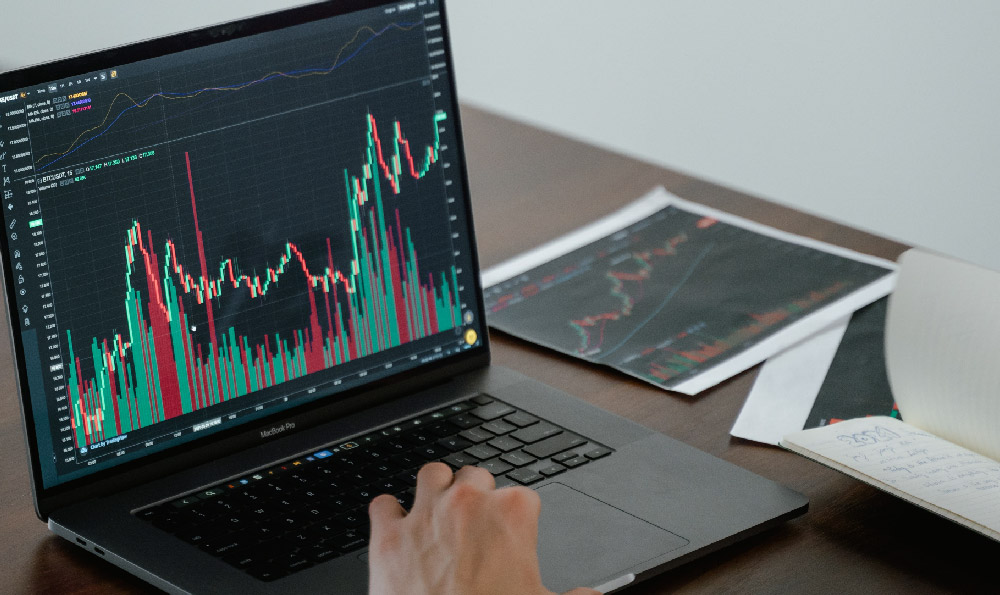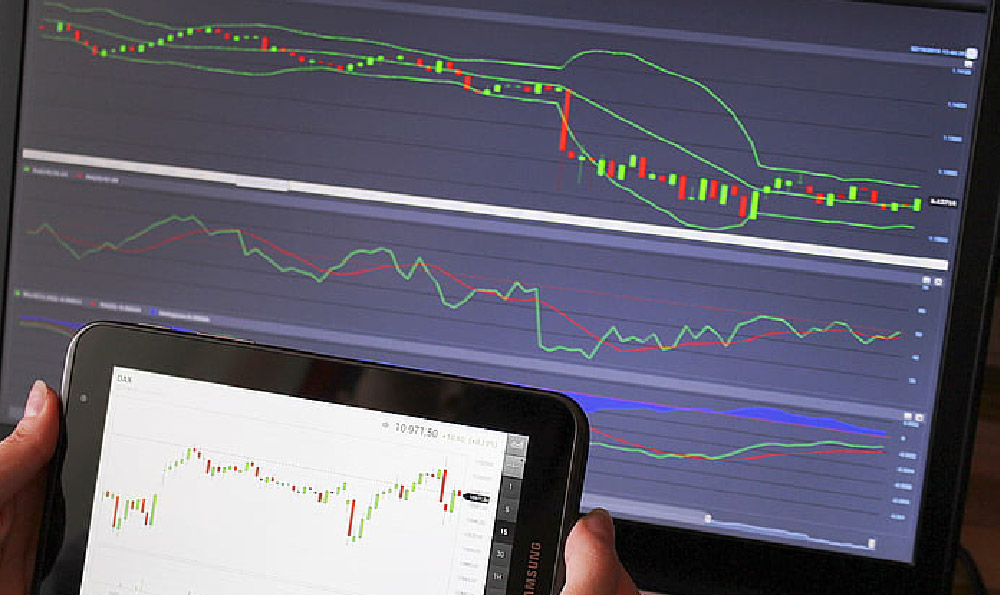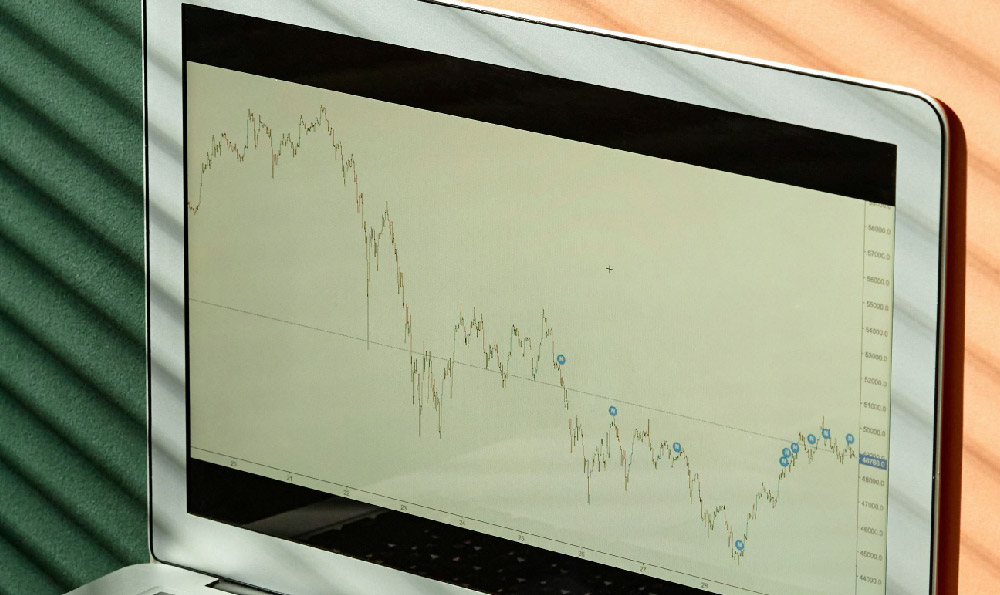Virtual currency trading has become a dynamic field where strategic thinking and adaptability are paramount for long-term success. To navigate this complex landscape and consistently generate returns, traders must blend technical acumen with psychological discipline, while staying attuned to global economic shifts and technological innovations. The key lies not in chasing quick profits, but in cultivating a framework that aligns with both market realities and personal financial goals.
Understanding market fundamentals forms the bedrock of any effective strategy. Cryptocurrency prices are influenced by macroeconomic factors such as interest rates, inflation trends, and geopolitical developments, which often ripple through traditional financial markets and impact digital assets. For instance, central bank policies can alter liquidity conditions, directly affecting the volatility of major coins like Bitcoin and Ethereum. Traders who monitor economic indicators such as non-farm payrolls, consumer price indices, and trade balances gain a critical edge in anticipating market movements. However, it's essential to recognize that these macro-level forces are not the sole determinants, as innovation within the blockchain space—such as advancements in decentralized finance (DeFi) or regulatory changes—often create unique investment opportunities. Keeping a pulse on industry news through reputable sources and engaging with community discussions can clarify the intersection of these variables.
Technical analysis offers a structured approach to identifying potential entry and exit points. Tools like candlestick charts, moving averages, and Fibonacci retracement levels provide visual cues about price patterns and trend reversals. The relative strength index (RSI) and moving average convergence divergence (MACD) help traders assess overbought or oversold conditions, while support and resistance levels highlight areas where price action may stall or reverse. Integrating these metrics into a holistic view allows for more informed decisions, but it's crucial to remember that no single indicator is foolproof. Combining multiple techniques—such as analyzing volume patterns alongside price trends—can reduce false signals. For example, a breakout above a key resistance level accompanied by a surge in trading volume often indicates stronger momentum than a similar move with low volume.

Risk management is an often-overlooked cornerstone of profitable trading. Allocating capital wisely ensures that even if a position fails, the loss remains manageable. Techniques like the 2% rule, which limits single-trade risk to no more than 2% of total portfolio value, prevent emotional decision-making during downturns. Beyond capital allocation, diversification plays a vital role in mitigating systemic risks. Holding a mix of coins across different sectors—blockchain infrastructure, DeFi protocols, and NFT ecosystems—reduces exposure to any single market event. Moreover, setting stop-loss orders based on technical levels rather than arbitrary percentages creates a safety net without eroding potential gains. Traders who consistently apply these principles often outperform those who rely solely on market timing.
Psychological resilience defines the difference between short-term traders and long-term investors. The cryptocurrency market is notorious for its extreme volatility, which can trigger impulsive decisions under pressure. Cultivating a mindset focused on process over outcomes is essential; this means prioritizing consistent strategies over chasing market peaks. Techniques like mindfulness, reflective journaling, and simulated trading can sharpen decision-making abilities. For instance, a trader who documents their rationale for each trade gains clarity on their approach and identifies areas for improvement. Discipline also requires adhering to a predefined trading plan, resisting the urge to overtrade during periods of uncertainty.
Continuous learning is a non-negotiable aspect of thriving in this evolving market. The rapid pace of technological change means that strategies that worked in 2021 may not be as effective in 2023. Dedicated time to studying whitepapers, participating in forums, and analyzing case studies fosters adaptability. For example, understanding the mechanics of staking or yield farming can open new avenues for generating returns beyond traditional trading. Additionally, tracking performance metrics—such as win rates, risk-reward ratios, and drawdowns—allows traders to refine their approach iteratively.
Avoiding common pitfalls requires critical awareness of the market's darker side. Phishing scams, rug pulls, and pump-and-dump schemes are prevalent, often exploiting novice traders. Verifying project legitimacy through audits, community engagement, and real-world utility is vital. For instance, a coin with a transparent codebase and active development team is more trustworthy than one with vague whitepapers and dormant accounts. Additionally, understanding the difference between a price bubble and a sustainable market trend prevents premature exits. Traders who prioritize long-term value over short-term gains are better positioned to navigate cycles of hype and correction.
In conclusion, profit in virtual currency trading demands a multifaceted approach that combines macroeconomic awareness, technical proficiency, risk mitigation, and psychological discipline. Success is not about predicting market moves with certainty but about making informed decisions within a well-defined framework. As the industry matures, traders who adapt to regulatory changes, technological advancements, and evolving investor sentiment will find themselves at the forefront of opportunities. Whether you're a newcomer or an experienced player, the path to profitability begins with patience, education, and a commitment to continuous improvement.












